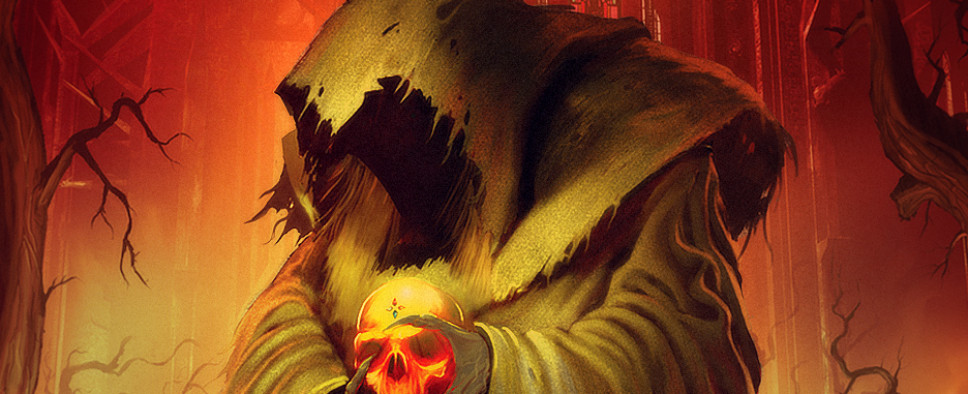Why The Temple of Elemental Evil is the Most D&D Game Ever Made
-
Category: News ArchiveHits: 4399

Most sessions of D&D, fun as they are, tend to be more straightforward and less philosophical. It's often a beer-and-pretzels game, one where a party of adventurers face danger, fight ridiculous monsters like oozes and bugbears, return to town to sell all the loot and head to the inn. Then they get into a fist fight or a drinking competition or both, and after enough sleep for the magic users to get their spells back, they do it again.
The Temple of Elemental Evil is the video game that gets closest to recreating that experience. It may not be the best D&D game, but it is the most D&D game.
It helps that The Temple of Elemental Evil is an adaptation of an actual printed adventure written by Frank Mentzer and Gary Gygax (D&D's co-creator). Published in 1985, the book followed on from a 1979 adventure called Village of Hommlet, combining the two into one of the biggest D&D scenarios of the time. The idyllic Hommlet served as a home base from which to explore a moathouse full of bandits, a swampy hive of scum and villainy called Nulb, and the ruined temple itself, each a progressively more difficult challenge. It laid down a format later adventures would follow, so even D&D players who didn't experience the original probably played something influenced by it.
The videogame builds on that adventure with a more literal translation of D&D's rules than any game since the 'Gold Box' era. The then-current 3.5 edition ruleset with all its quirks was plunked down wholesale, complete with turn-based combat. Do you know what attacks of opportunity are? Why five-foot steps are important? Trip attacks? You will learn, because The Temple of Elemental Evil uses all those things. It has a manual that's over 150 pages long, including a couple of pages to note where it differs from the official rules by necessity (and for some reason a recipe for chocolate chip cookies).
That's a lot of rules to interact with. They're brought onto your screen via a radial menu that appears when you right click. It spirals with bristling options like the tools in an overstuffed Swiss army knife, only instead of nail clippers and a corkscrew they're spells and feats and skills and items. It's ridiculous but also kind of wonderful. Like Blood Bowl, it's a game I can't imagine making sense to people who aren't familiar with the original rules. But, also like Blood Bowl, I love its commitment to replicating those tabletop rules in all their doofy glory.

